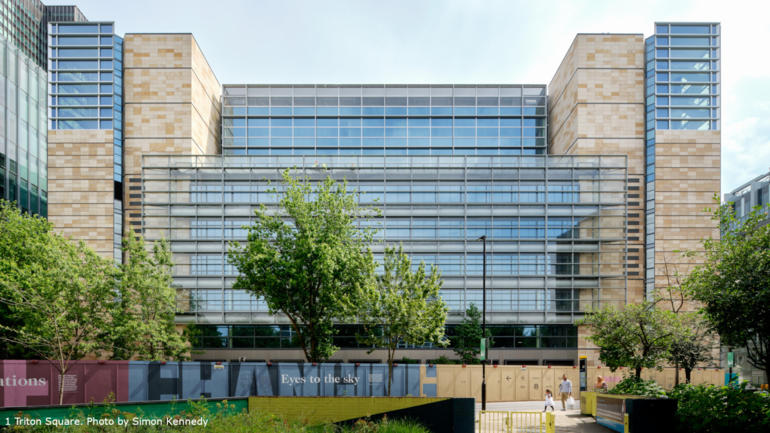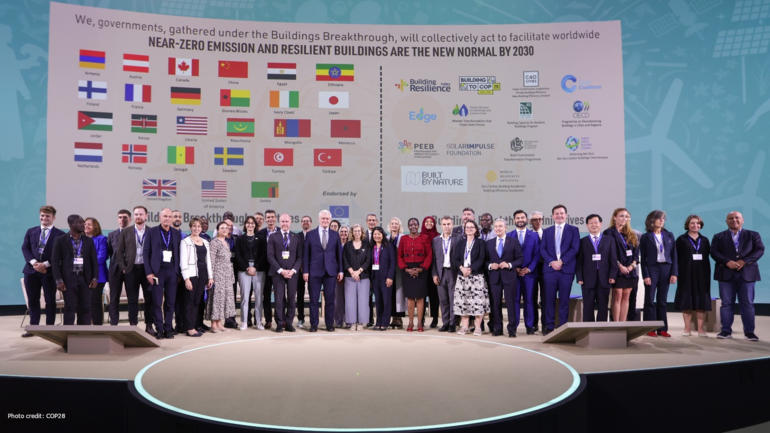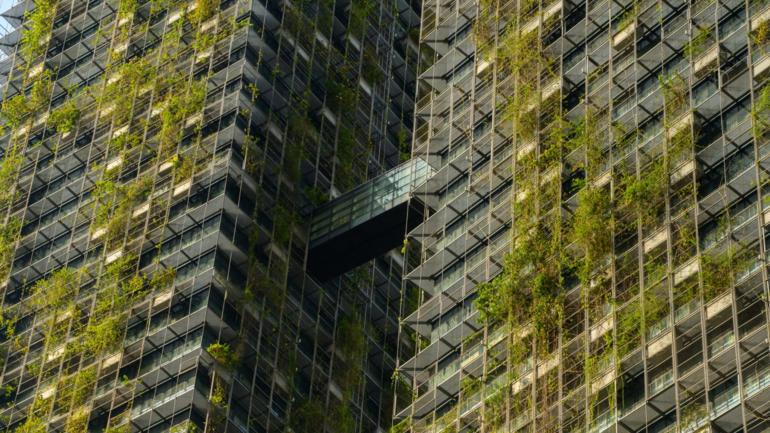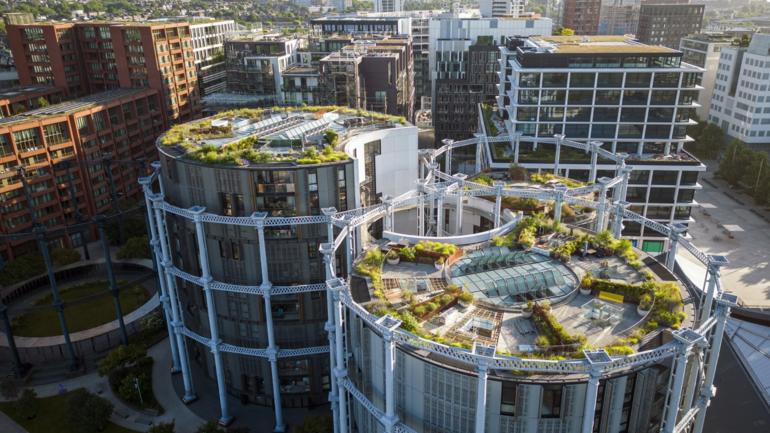In the past weeks, WBCSD has participated in several events centered around how the building sector is key to reviving the global economy and the importance of reinforcing sustainability going forward. During the 11th annual World Green Building Week and Climate Week New York, there was an unequivocal consensus among all participating organizations that we need to build our way out of the social and financial crisis provoked by COVID-19, without losing sight of our net-zero targets.
To contain the virus and protect the health and wellbeing of their citizens, governments across the world introduced lockdowns which caused otherwise bustling urban environments to quickly turn into ghost towns. For the construction sector, rigorous COVID-measures meant that in many countries sites came to a halt. At the same time, the sector showed an impressive capacity by building hospitals and other care facilities in a very short time. Now, as public and private companies and organizations struggle to keep their employees safe while simultaneously coping with a financial setback, recovery plans seem to be the focal point of everyone’s attention.
With population growth and rising purchasing power in emerging markets, the global building floor area is expected to double by 2050. While this rapid expansion of infrastructure is a challenge for the construction sector on its path to meet the goals of the Paris Agreement, it also opens a window of opportunity. The construction sector can provide the boost we need to jump-start the economy in the aftermath of COVID-19.
Today, the construction sector represents 11-13% of global GDP and employs 7% of the global workforce. In an effort to revive the economy, governments around the world recognize the potential of this industry for creating new jobs and strengthening local businesses. “Build, Build, Build” – the catchphrase of the ‘New Deal’ announced by the British Prime Minister this summer, clearly demonstrates this direction for economic recovery.
Moreover, in the European Green Deal, renovation has been singled out as a key opportunity for economic growth and for increasing energy efficiency and decarbonization in the built environment. A renovation wave could enhance Europe’s industrial competitiveness, create local jobs and bring the Union one step closer to achieving its climate goals.
In the US, the government has announced stimulus of around USD $2.98tn with little money going to low-carbon projects. But the construction sector is nevertheless making efforts to drive a green recovery. The US Green Building Council (USGBC) has launched a new Global Economic Recovery Strategy to rebuild a healthier, more sustainable economy. The strategy supports the development of green buildings and approaches that have positive impact on the environment, human health and the economy.
If incentives are provided to the construction industry and others, governments need to consider the overall sustainability of the sector and in particular make sure that we build and renovate in a low-carbon and circular way. Otherwise, stimulus will bring the risk of a strong increase in emissions and waste.
In China, infrastructure investments have been leading the economic revival after the outbreak of COVID-19. Although initially being the epicenter of the pandemic, China’s economy has quickly rebounded, and so have the country’s CO2 emissions. After a brief drop in February this year, the emissions were back at 2019 levels already in April. In light of these trends and China’s recent pledge to become carbon neutral by 2060, now is a key moment to integrate climate targets and green investments into building projects.
The buildings and construction sector is highly energy-demanding and carbon-intensive, accounting for 39% of global energy-related CO2 emissions. Construction and demolition is one of the heaviest and most voluminous waste sources. In many countries construction and demolition waste accounts for up to 40% of all municipal solid waste with a significant part of it ending up in landfills.
Stimulus packages need to support a decrease of the built environment’s carbon footprint. They need to drive the market to become more energy-efficient, use renewable energy, reduce the exploitation of finite resources and develop materials that emit less CO2. New investment strategies in the construction sector should also focus on cutting the overall resource use and expanding recycling infrastructure. Increased reuse of building materials can bring financial benefits for companies by lowering their disposal fees and creating new revenue streams from secondary materials, e.g. through material banks.
It is important to emphasize that it already makes business sense to build green. Green buildings have a lower operational cost than traditional ones and their asset value is around 10% higher. Yet, to fully decarbonize the built environment as a system, we need to make sure that all players along the value chain collaborate and focus on the reduction of emissions. For example, material providers have a responsibility for reducing their emissions but they also need the demand for low-carbon solutions from their customers to help them invest in the transition.
WBCSD member companies are leading the way toward advancing the cross-company action needed to decarbonize the built environment. Together with Acciona, Arcadis, ArcelorMittal, Arup, CRH, Guidehouse, LafargeHolcim, Mahindra Lifespaces, Majid al Futtaim, New World Development, Saint-Gobain and Skanska WBCSD has developed the Building System Carbon Framework. The Framework can help us understand the role and influence of all stakeholders and support the development of pathways and performance thresholds to reach a net-zero built environment by 2050 or earlier.
The WBCSD Framework helps place a focus on the carbon transactions that happen during the process of building and renovating infrastructure, in a simple and transparent way. These carbon transactions can then be discussed alongside cost, time to build and risk, and reduction targets can be passed along the value chain and trigger innovation to create low-carbon solutions.
The construction sector can lead the global effort to “build forward better” after COVID-19 and stimulus packages for new construction or renovation of existing buildings will be important tools for encouraging investments. But to succeed in creating healthy, resilient and inclusive environments, we must incorporate low-carbon and circular economy strategies in all building projects. The choices we make today will determine whether, a couple of decades ahead, we will look back at this moment in time as the beginning of a green and equitable economic revival, when we turned slogans into action.
Roland Hunziker is Director, Sustainable Buildings and Cities at WBCSD
Bill Sisson is Executive Director at WBCSD North America








